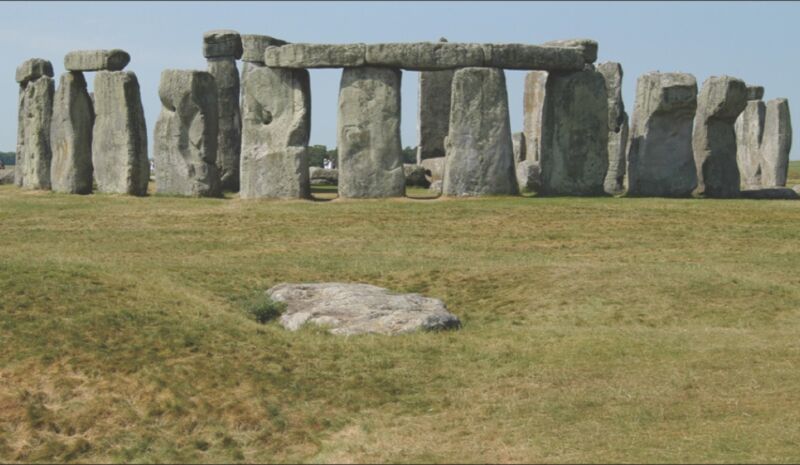
Enlarge / Stonehenge as viewed from the northeast, showing the post-and-lintel construction of the Sarsen Circle. (credit: Timothy Darvill)
Stonehenge was an important place for thousands of years before people placed the first stones, according to a recent study. Archaeologists used the microscopic remains of insects, pollen, fungal spores, and ancient DNA preserved in the soil to reconstruct the ancient environment of southwest England’s Salisbury Plain. Six-thousand years ago, the plain was a mosaic of open grassland and woods, where archaeological evidence shows that people once hunted herds of extinct cattle called aurochs.
Samuel Hudson, an environmental scientist at the University of Southampton, and his colleagues say their findings suggest that many of the ceremonial sites and routes left behind by Britain’s earliest farmers—the builders of Stonehenge—may date back thousands of years to land used by the first occupiers of Britain after the end of the last Ice Age.
What happens when worlds collide?
About a mile away from Stonehenge lies an older, less famous archaeological site called Blick Mead. Here, the Salisbury Plain meets the floodplain of the River Avon. Stone tools (more than 100,000 of them), butchered animal bones, and charred fish bones show that people came to this place repeatedly for thousands of years during the Mesolithic period.





